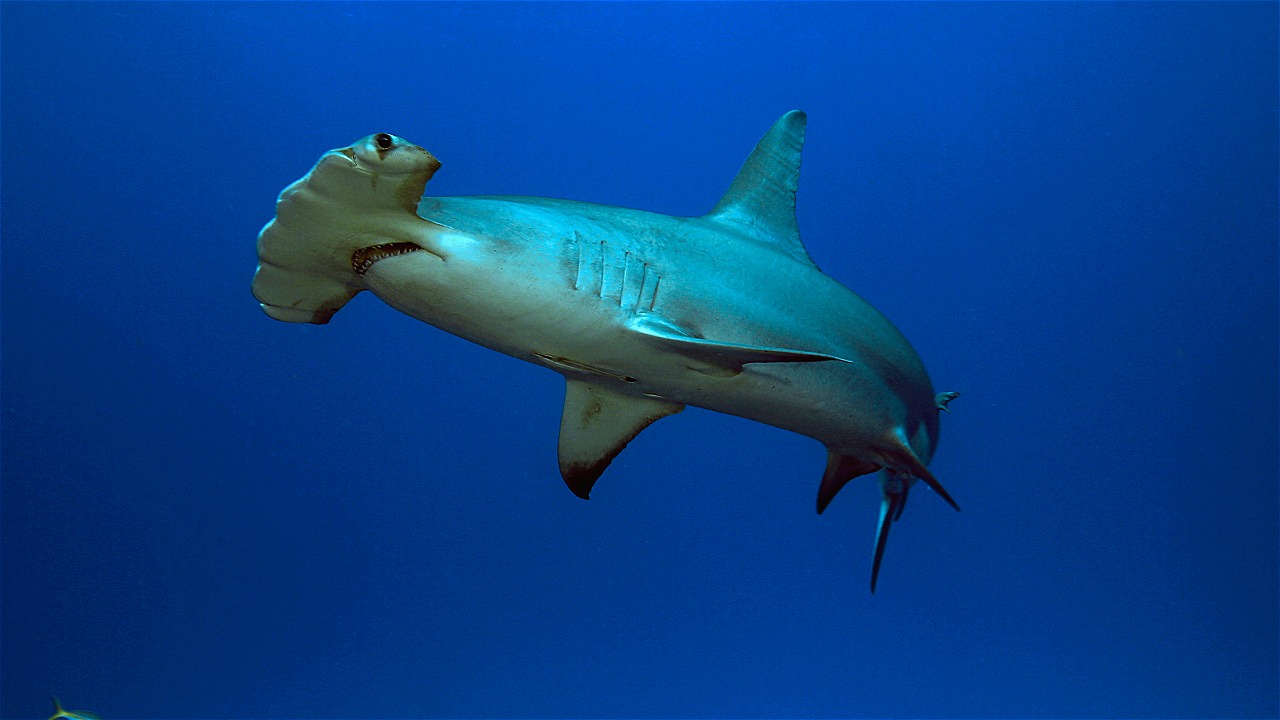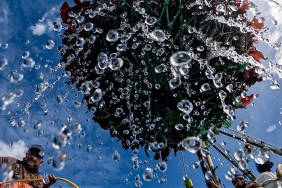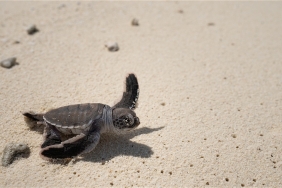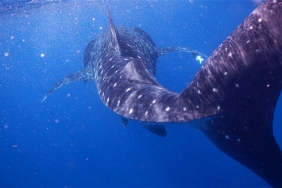IN BINTUNI BAY, SHARKS BECOME CRAB BAIT
By: Maximus Yanpapi - Fisheries Enumerator WWF SEA Project, Teluk Bintuni
Bintuni Bay has high potential aquatic resources, especially in the field of capture fisheries. Some fishery commodities that are excellent in Teluk Bintuni Regency, West Papua Province include shrimp, crab and Chinese snapper or conggek fish in the local language. On the other hand, conggek fishers also get bycatch (bycatch) in the form of sharks whose fins are traded and whose meat is used as crab bait. There is a concern that the shark population will decrease due to bycatch if there is no intervention.
WWF-Indonesia as an implementing partner of the USAID Sustainable Ecosystems Advanced (USAID SEA) Project conducted daily fisheries data collection to map the condition of capture fisheries in WPP-715. Based on the results of daily fisheries data collection in Bintuni Bay, Chinese snapper or conggek fish is one of the target catches of fishermen because of its high economic value. The price of conggek fish is only Rp 30,000/kg in the local market. However, the price of its swimming bubble can reach Rp 1,700,000/ounce at the local collector level.
This makes conggek fish fishermen very aggressive in carrying out these fishing activities. The fishing gear used also evolves day by day. From initially using only a hand line, it increased to a longline, to the drift gill net used by most conggek fish fishermen today.
Drift gillnet gear is the main choice of conggek fish fishermen because it is able to catch large numbers of fish. In principle, a drift gill net is a gill net that is stretched and drifted in the direction of the current and marked at both ends of the net. This drift gill net makes the target of the catch not maximized because any fish gets caught in the net. Unfortunately, this net is more productive in catching sharks than conggek fish.
According to fishermen, an average of 20-30 sharks can be caught in one drift net operation. The sharks are of various sizes ranging from 20 cm to 1.5 m. The dominant types of sharks caught in the net are hammerheads, white sharks, and sawfish. However, from several findings in the field, hammerhead sharks (Eusphyra blochii) were more dominantly caught. The hammerhead shark species is one of the rare species and is categorized as Threatened on the IUCN list.
Shark catches are not discarded by fishermen because they have a high economic value. Fishermen utilize the shark fins to be dried and sold to the market. Meanwhile, the meat is sold to crab fishermen as bait in bubu traps. Shark blood has a pungent aroma and its hard meat makes crabs respond faster to shark bait than other types of fish. Therefore, sharks attract crabs into the traps faster. This is why crab fishermen prefer to use shark meat as bait in bubu fishing gear.
Catching sharks in large numbers if allowed to continue will cause the population to decrease and possibly cause the extinction of sharks in the waters of Bintuni Bay Regency. If it is analyzed that one fisherman can catch up to 25 sharks at sea, while the number of conggek fish fishermen recorded in the East Bintuni Fishermen Village is 20 fleets, then around 500 sharks are caught every day. If this condition is left without any intervention from the Marine and Fisheries Service, community leaders and related parties, then sharks will be under threat of extinction.




